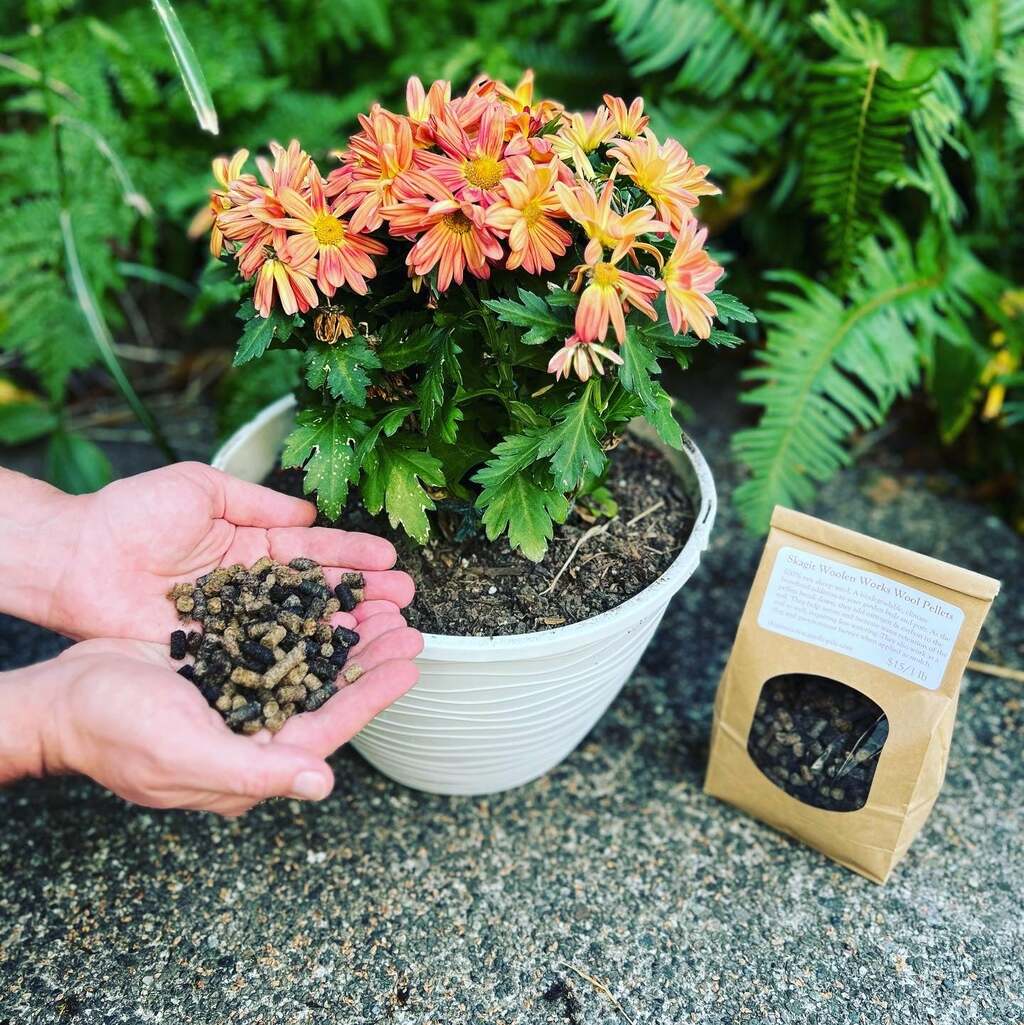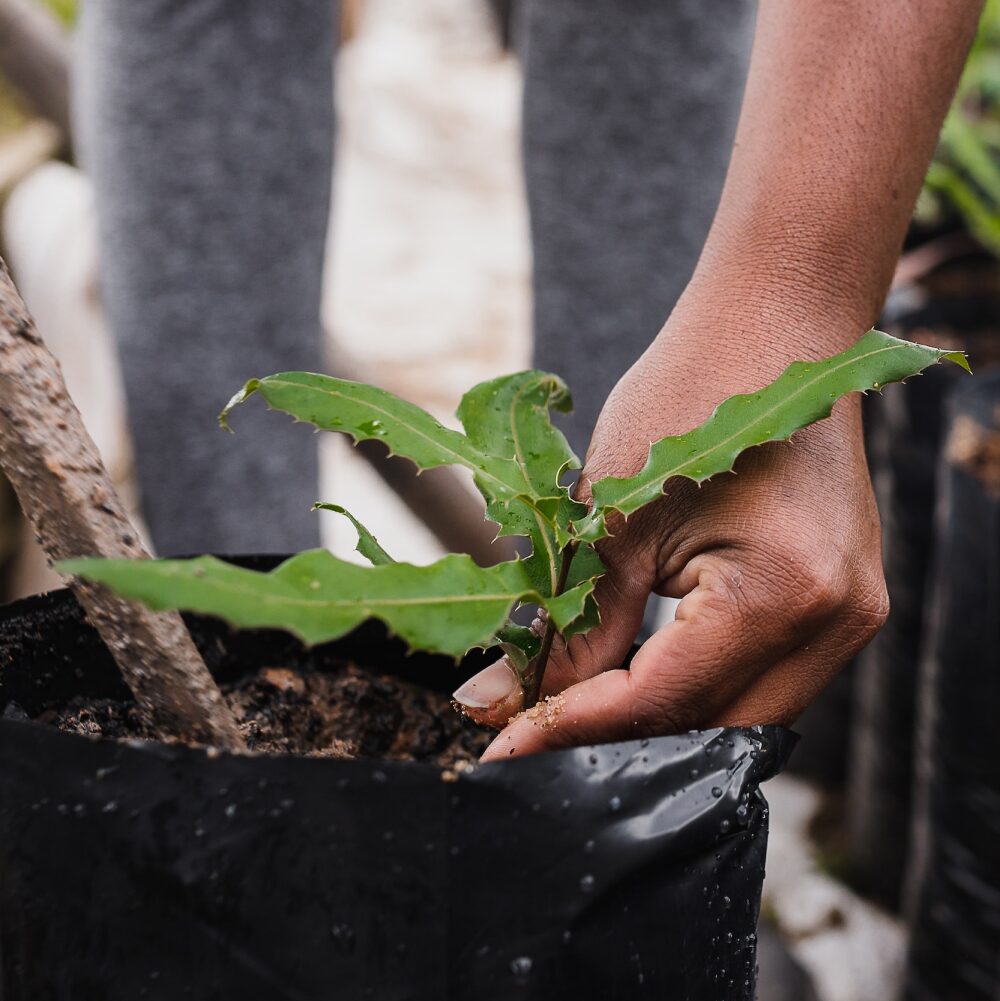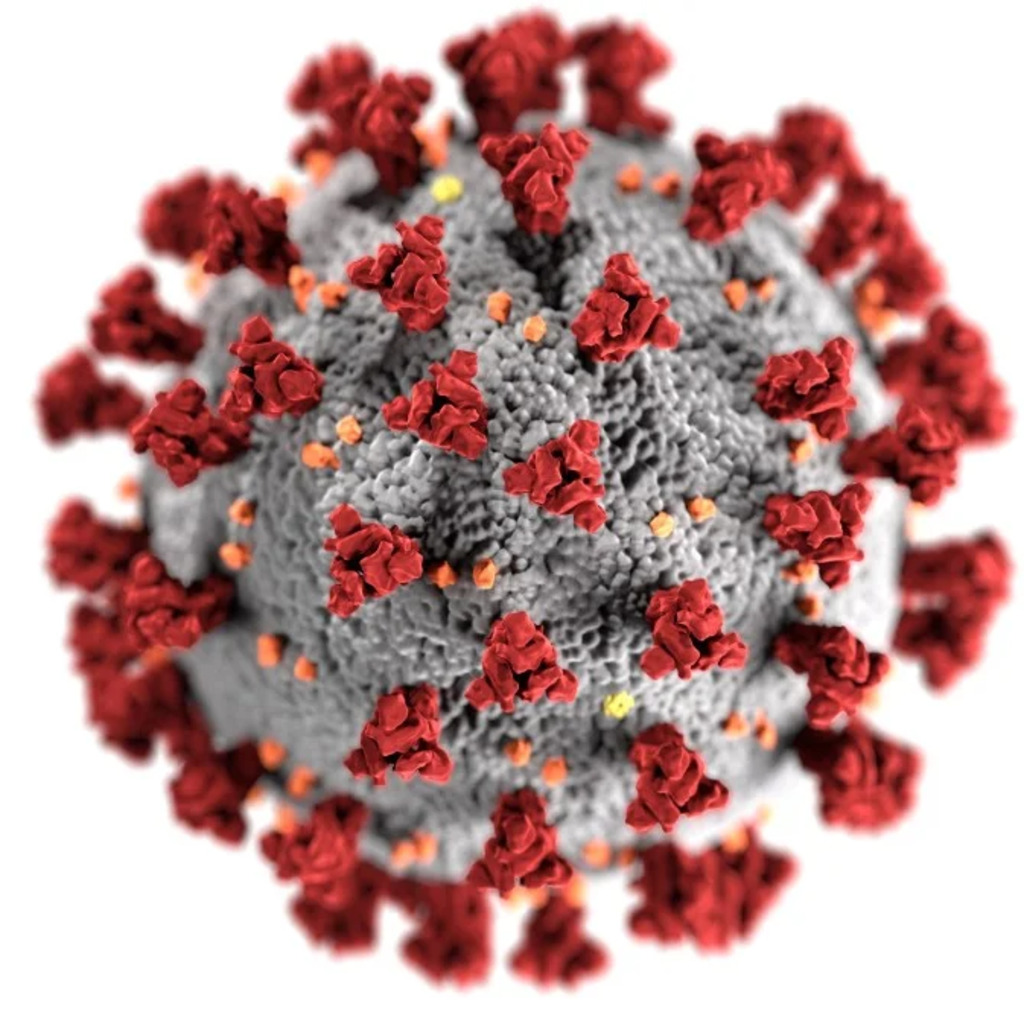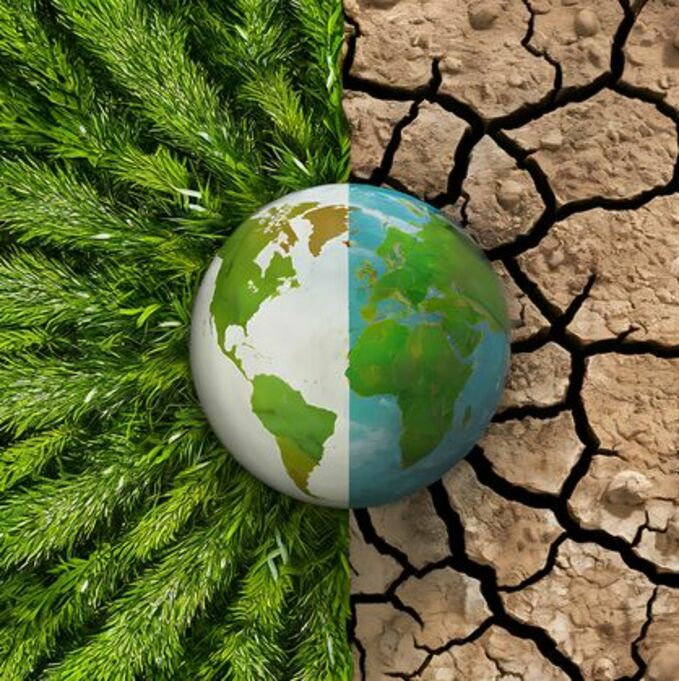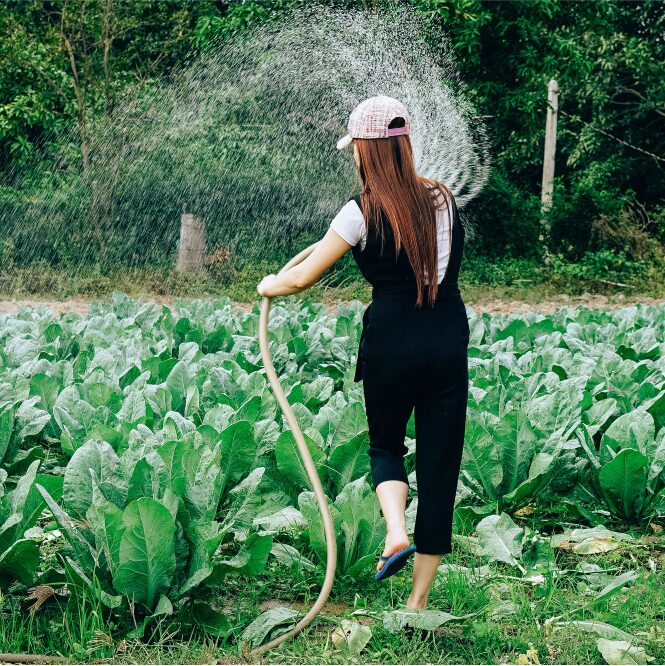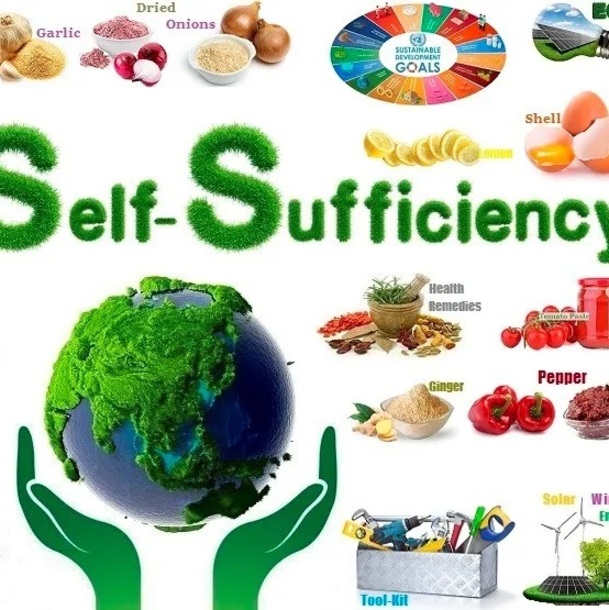The United Kingdom (UK) has long struggled with achieving self-sufficiency in agricultural production. Historically reliant on global trade networks, the country faces challenges in producing enough food domestically, particularly in modern times. Below, the reasons for this issue are outlined in detail, supported by production and import statistics, and the necessity of sheep wool pellet fertilizer as a solution is thoroughly explained.



